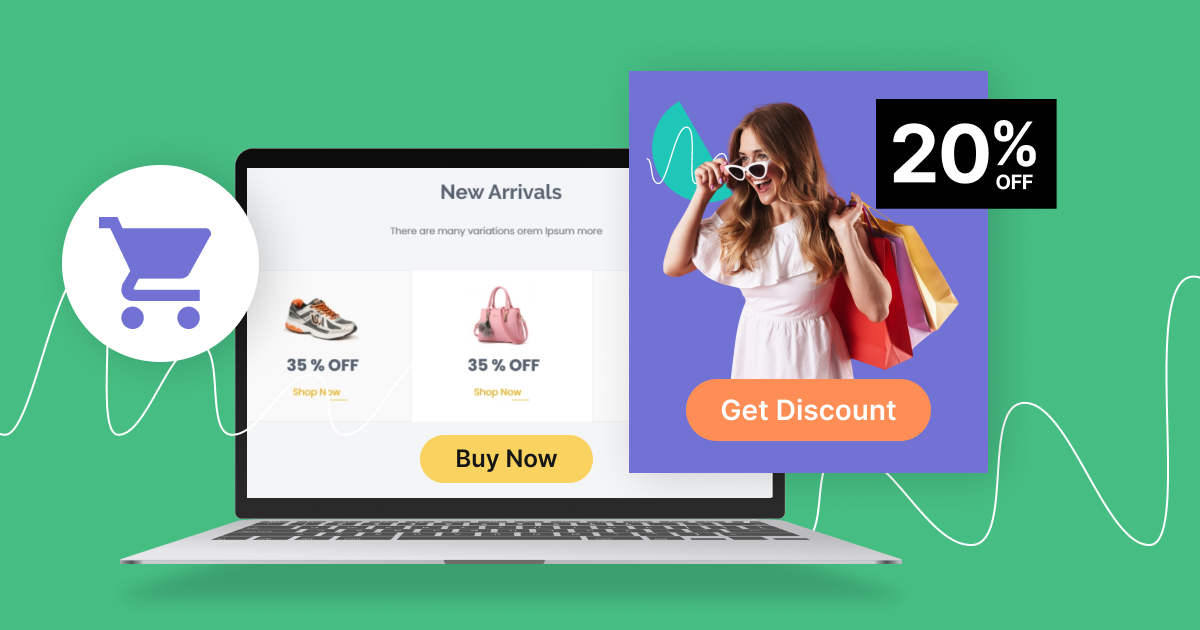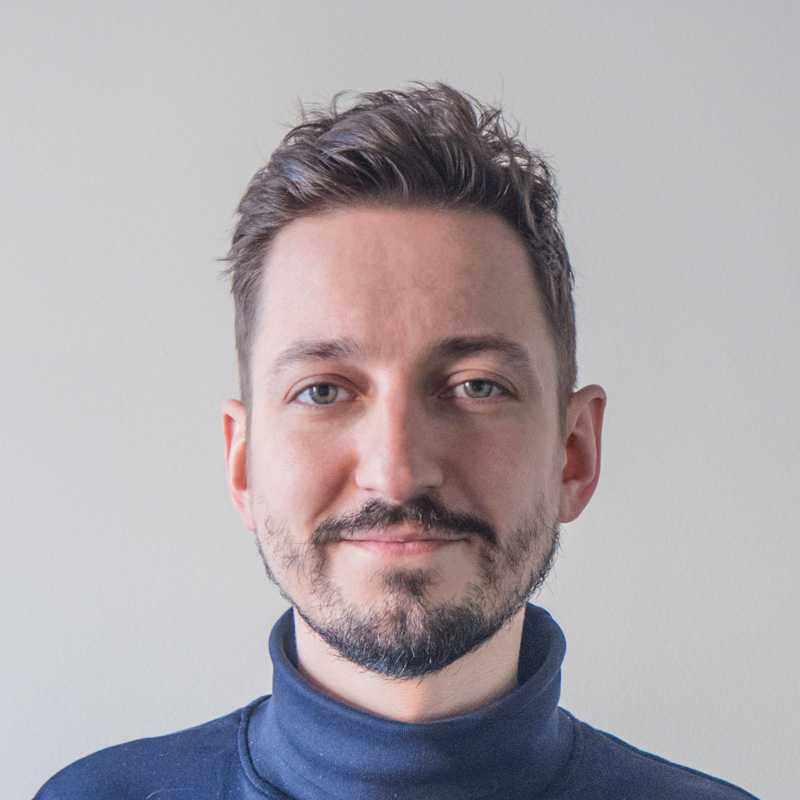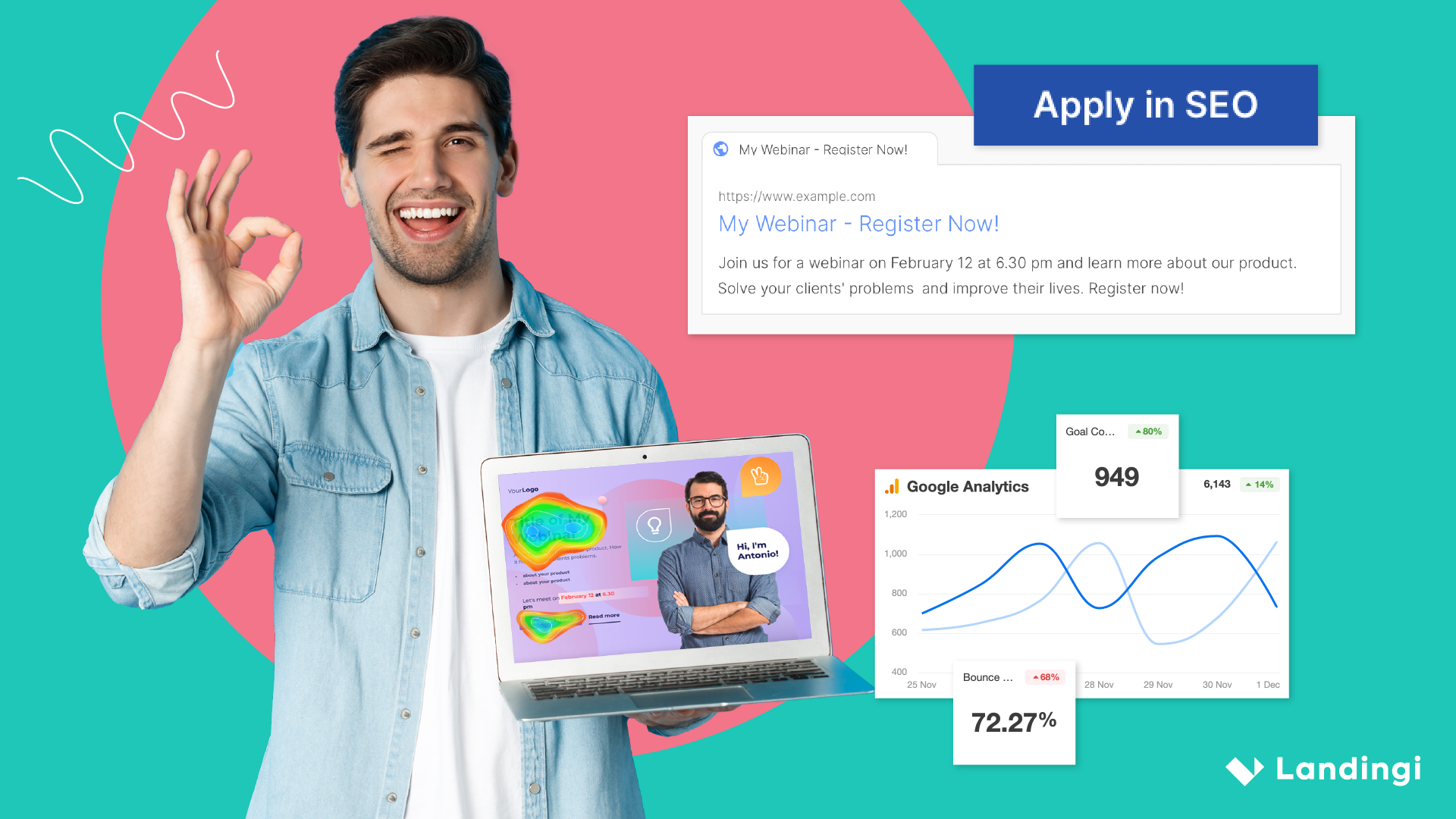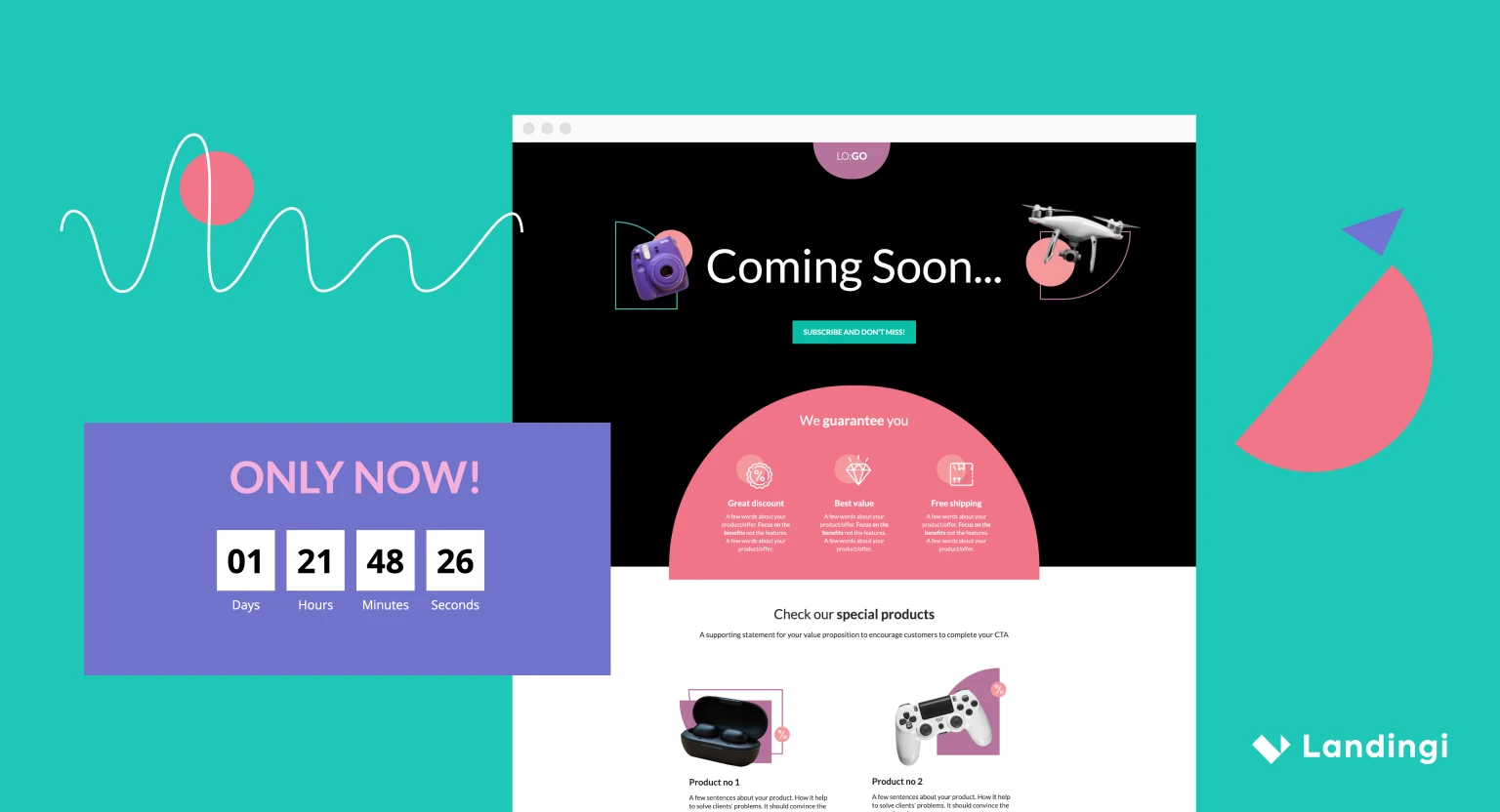E-commerce and e-marketing are both widely used in the digital marketing world as they have been gaining popularity over the past few years.
Although the only obvious feature bonding them together is being related to the digital world, they are often colluded and interchanged. But are they truly the same?
The short answer is no. They are not the same, but it doesn’t mean they live in separate universes. In fact, they have a lot in common, interpenetrate each other and one impacts the other, but these are not exchangeable terms.
Once you read this article, you will know:
- what are e-commerce and e-marketing,
- what is the difference between e-commerce and e-marketing,
- what segments they consist of,
- what is the relationship between e-commerce, e-marketing and e-business,
- what are examples of e-commerce and e-marketing landing pages.
Make your sections smartable and let go of mundane manual tasks with Smart Sections! An easy way to manage bulk changes.
What are e-commerce and e-marketing
E-commerce definition
E-commerce refers to the selling and purchasing of products and services using the Internet, money and data transfer to finalize transactions.
The e-commerce meaning is often limited to selling physical products online, but the truth is that it can describe any commercial transaction that is done or facilitated by the Internet.
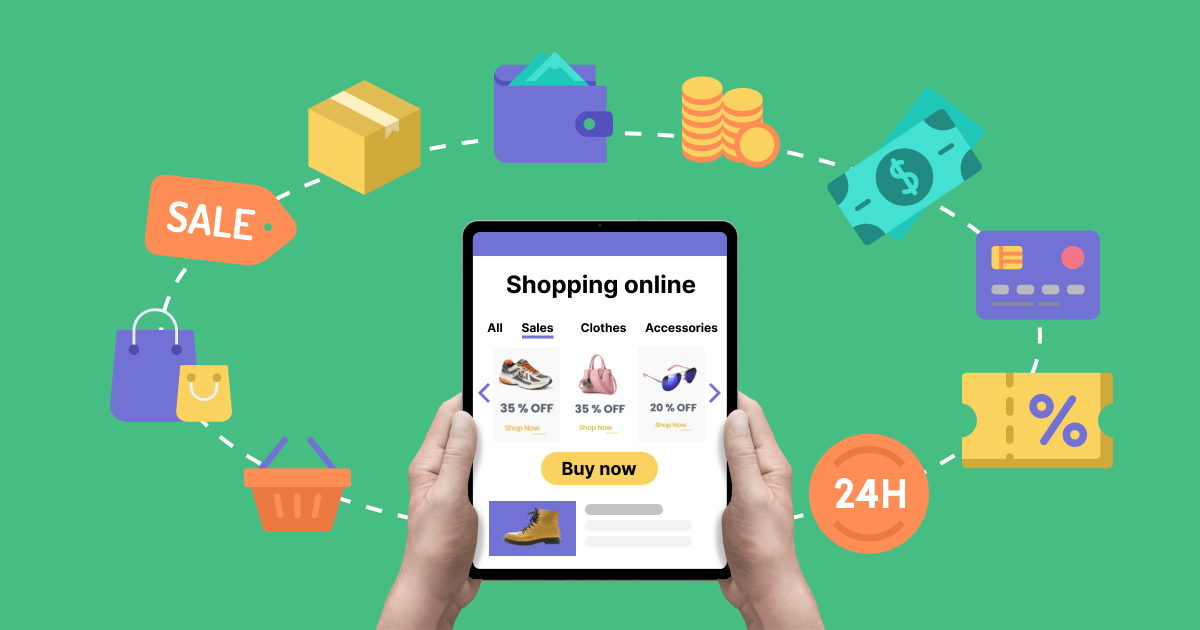
Therefore, e-commerce entails all the activities, both direct and indirect, that lead to making transactions with customers. It encompasses areas such as web design, web hosting, marketing, consulting, accounting services, or credit card processing.
Let’s dig a little deeper into most typical e-commerce modules.
Online sales
This involves selling products or services directly to customers through an online store or platform.
Customer service
Selling online requires services online provision to ensure customer satisfaction. Above all, providing support before, during, and after the purchase to ensure a positive customer experience.
Supply chain management
If selling material assets or goods, an online store needs to control the flow of them from the supplier to the customer. This entails inventory management, shipping, and logistics, which is the crossing point between the digital world and the real one.
Website design and development
Every ecommerce store should have a user-friendly website that is easy to navigate, allowing customers to easily find and purchase products.
Payment gates
An ultimate must-have for every online store. It enables to manage transactions between buyers and sellers (or store owners), including accepting and processing payments securely.
Data Analytics
Collecting, analyzing, and interpreting data allows for making informed business decisions, improving customer experience, and optimizing sales operations.
Digital Marketing
Running an e-commerce business requires digital marketing (particularly its most important subset: online marketing) because it helps to attract and engage potential customers, drive website traffic, and increase sales. Check here some tools commonly used in this area.
E-marketing definition
On the other hand, e-marketing (or digital marketing) is a process of planning, executing, distributing, promoting and pricing of goods and services in a networked environment (the Internet and the World Wide Web) aimed at facilitating, exchanging and fulfilling customers’ expectations. Its major advantages over traditional marketing are that it is more convenient for customers, offers more competitive prices and allows businesses to reduce costs.
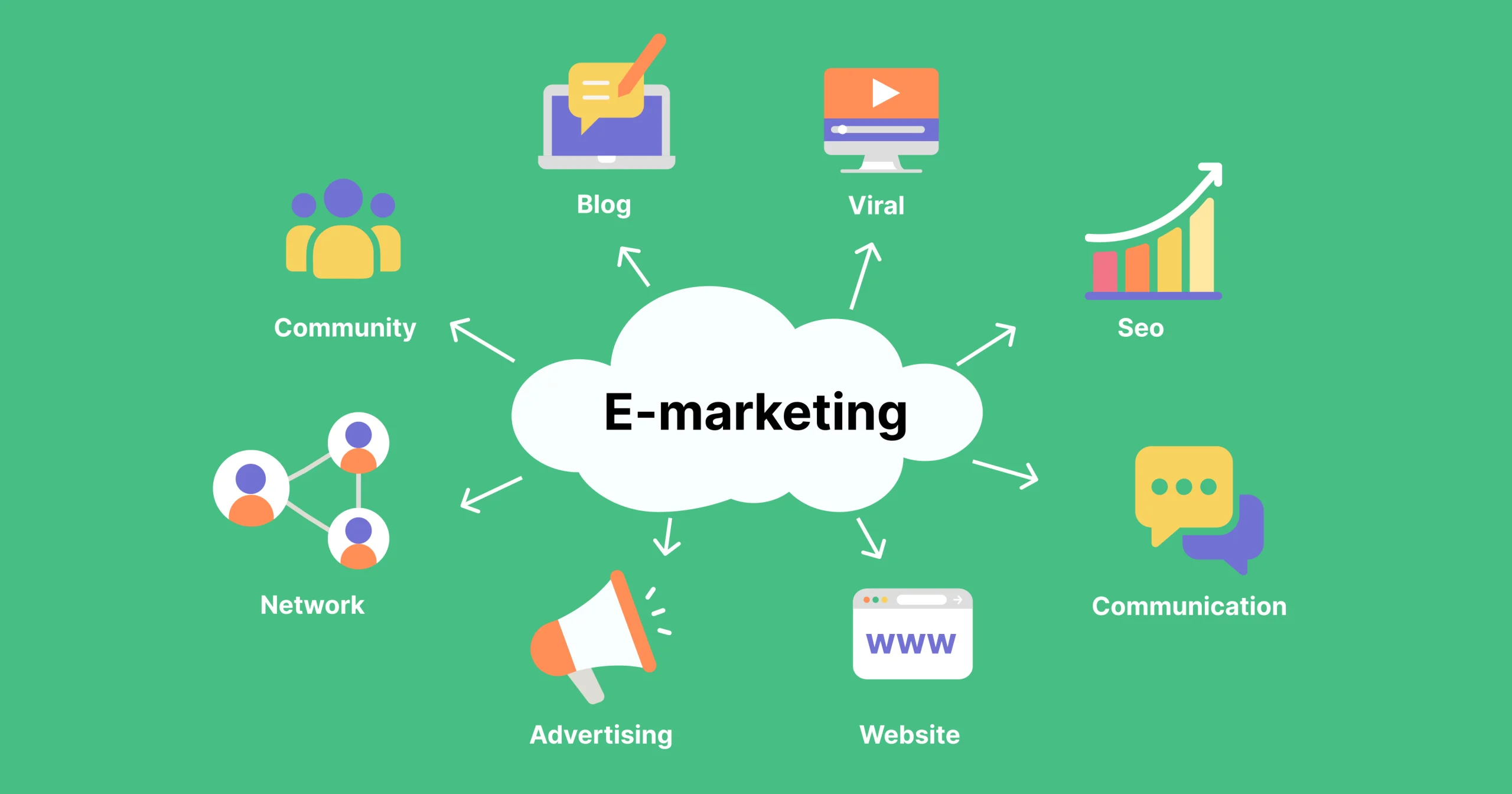
Basically, all digital activities with promotional purposes or aiming at building a relationship with customers can be referred to as e-marketing.
It is worth noting that e-marketing actions may aim at increasing sales and thus have the same focus as e-commerce does, but it is not obligatory.
For example, you can run a social media marketing campaign aimed at boosting sales of your recently launched e-book. It is an e-marketing campaign as you use digital means in order to promote your product. Nevertheless, it also refers to an e-commerce activity since you aim at making a deal with potential customers.
E-marketing entails a plethora of online activities that aim at promoting businesses, their products or services. Let’s try to enlist and shortly describe the most common.
Search engine optimization (SEO)
Creating SEO-friendly content on websites makes search engines like Google list them at a higher position in SERPs, increasing their visibility. It means they are easier to find for users. That is why it’s a highway to gain new subscribers (desired future customers).
Pay-per-click advertising (PPC)
To cut some corners and speed up the process of acquiring customers (and – of course – customer purchases), some marketers bet on a paid advertisement on the Internet and run campaigns in social media or through search engines. Most often they pay each visitor to their site who has earlier clicked on the advertisement.
Email marketing
Email campaigns come down to sending commercial messages to a group of people via email. It is a cost-effective and efficient way to communicate with customers and prospects, build brand loyalty, and drive sales. There is an almost endless abundance of such email types. Welcome emails, survey emails, emails with discounts, upsell emails and much more – all of these may be useful. Feel free to explore our email marketing guide.
Social media marketing
Namely, promoting products or services through social media channels such as Facebook, Instagram, Twitter, LinkedIn, and others. It’s one of the shortest ways to be noticed in the era of numerous social media platforms used on a daily basis.
Influencer marketing
The above is close to social media marketing. Additionally, sometimes it is practiced via social media channels. But what do we actually mean here? Collaborating with influential people to promote products or services – simply. As said, usually it takes place on Facebook, Instagram, YouTube, TikTok or any other of countless social media channels.
Content marketing
Content marketing is all about creating and sharing valuable and relevant content to attract and engage a target audience. The goal of content marketing is to build brand awareness, establish credibility, and ultimately drive profitable customer action. Crafting effective content like visuals or copy requires not only a touch of creativity but also a data-driven approach (A/B tests, tracking users’ behavior, etc.)
Other activities
You surely heard of other e-marketing (also, online marketing and digital marketing) techniques like affiliate marketing, SEM marketing, inbound marketing, etc. Yes, there is much more than the above, but here, I intend only to give some basic insight into the phenomenon.
What is the difference between e-commerce and e-marketing
As you can see, e-commerce and e-marketing share a common denominator, which is using a networked environment (the Internet) to serve their goals. These goals may be the same but they don’t necessarily have to be. And in the majority of cases, they are not.
The primary objective of e-commerce is to finalize transactions between businesses and customers, while e-marketing is a broader term encompassing a whole spectrum of activities and its main objective is not necessarily making a sale.
Although you can run promotional activities under e-commerce, including e-marketing ones, you will always have sales at the top of your mind. Some e-marketing actions can also be focused on encouraging the target audience to purchase your products or services, but you can also run e-marketing campaigns aimed at increasing brand awareness or customer base, promoting events or testing some innovative marketing activities.
E-marketing entails all the promotional activities done in a networked environment when e-commerce has a purely transactional goal that is always connected to selling and purchasing.
Get 111 Landing Page Examples—The Ultimate Guide for FREE
What is the relationship between e-commerce, e-marketing and e-business
When talking about e-commerce vs e-marketing, it is also good to mention e-business.

E-business is the broadest term encompassing e-commerce and e-marketing activities, but also customer relationship management (CRM) or supply chain management (SCM). Simply put, e-business takes advantage of networked infrastructure to run a business that allows it to reach a global audience, improve customer service or develop a product offer using digital means.
Therefore, e-business entails both e-commerce and e-marketing. These three are very closely tight and interpenetrate each other, but as you can see they should not be used interchangeably.
What are examples of e-commerce and e-marketing landing pages?
Since landing pages (which you can create with a Landingi ) are an integral part of the vast majority of successful digital marketing campaigns, let’s take a look at a landing page created purely for transactional purposes and one aimed at generating leads.
An example of a landing page aimed at selling
If you create a landing page strictly for selling, you won’t try to build a relationship or try to inspire trust by bragging about your expertise. The main focus of such a landing page is emphasizing the value that comes with your products or services. You will try to prove that your offer is absolutely stellar and encourage visitors to purchase from you right away.

The landing page template seen above is an example of a landing page created for an online flower shop. It has a chic design, subtle colors and a neat structure. It has a feminine look and brings to mind the delicateness of flowers which perfectly fits into the landing page offer.
As you can see, an e-commerce landing page looks highly professional, but what truly makes it built for transactional purposes is its straightforwardness:
- offer and prices are quoted,
- images of products are included (so customers know what they are about to purchase),
- benefits and value for customers are outlined,
- testimonials from existing clients prove the high quality,
- there is a possibility to get a unique offer.
All of these elements make this landing page a great example of a well-planned and created teaser aimed at selling, perfect for e-commerce purposes. It’s nice, honest, and enticing for potential customers. Its call to action (CTA) does not encourage to subscribe but to get a unique quote and, in the end, make a purchase.
An example of a landing page aimed at generating leads
On the other hand, when you create a landing page for lead generation, first you will try to convert potentially interested visitors into leads, and only after thorough lead nurturing make them purchase your product or service.

The above example of a consulting landing page is an ideal candidate for lead generation purposes. Its main focus is not pushing for sales but making visitors subscribe.
Just like the previous one, it also entails testimonials or outlines benefits, but it doesn’t impose purchasing right away. It aims rather at inspiring trust and reliability. The landing page is neat, easy to navigate, concise and informative. It does tell the viewer a lot about the business, enough to make users subscribe, but not to overwhelm them with information.
Got inspired? Check for free Landingi smart drag-and-drop builder. It helps you easily create your first unique landing page, and drive a bunch of conversions straight to your business!

